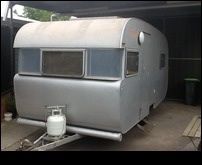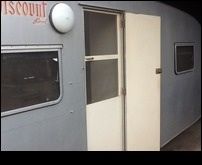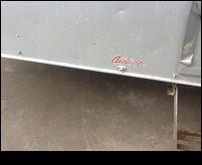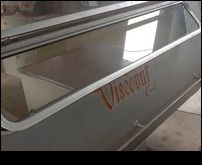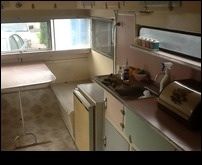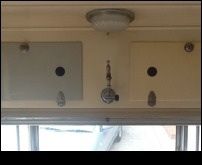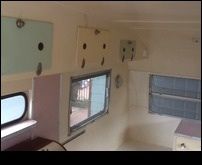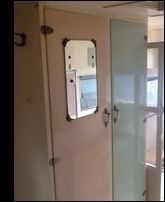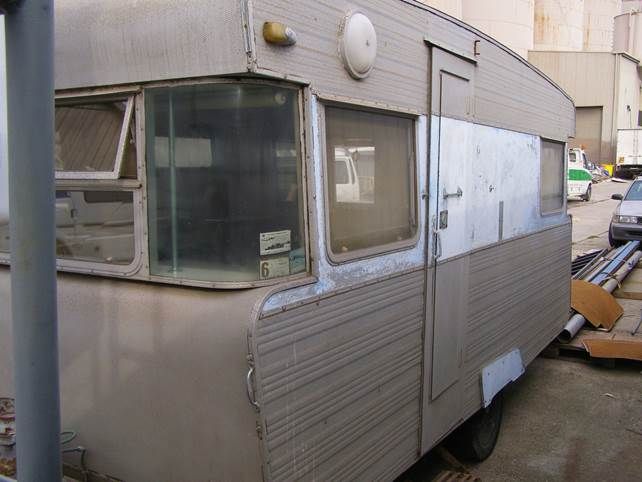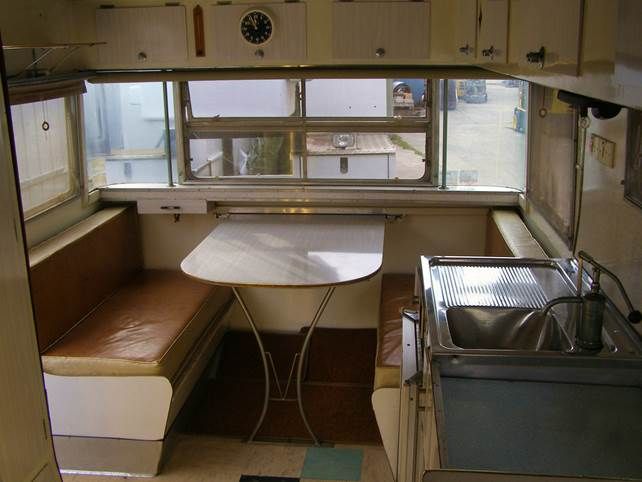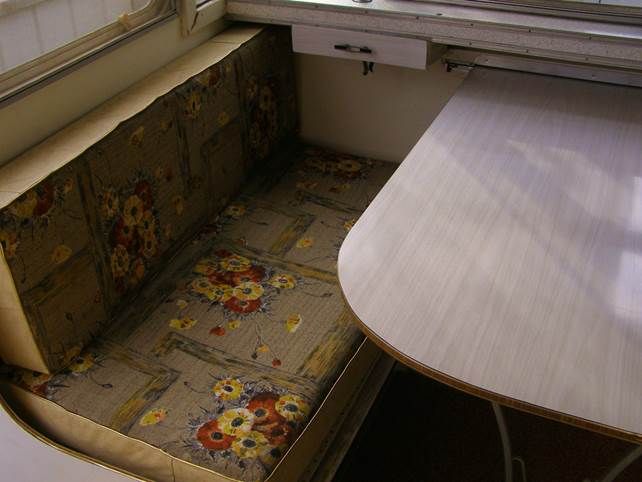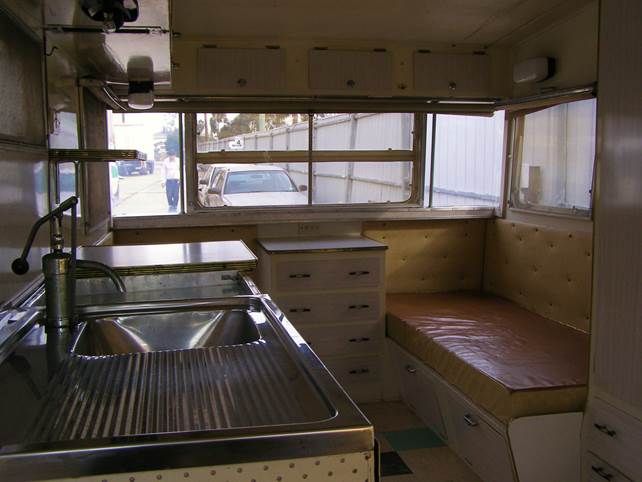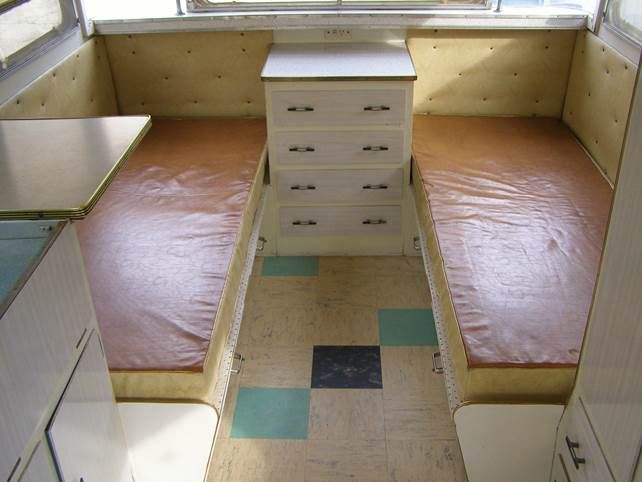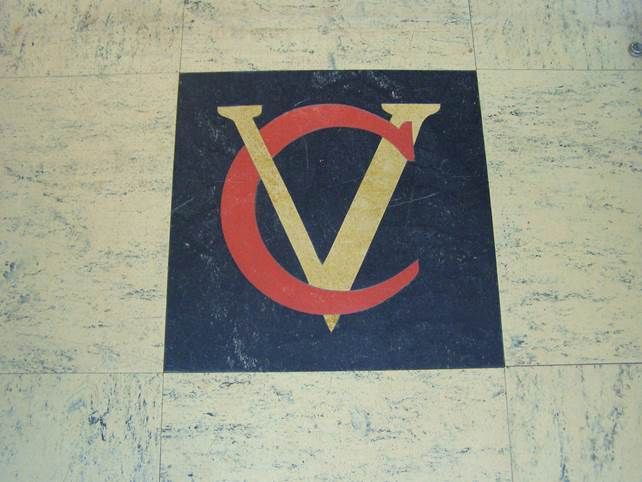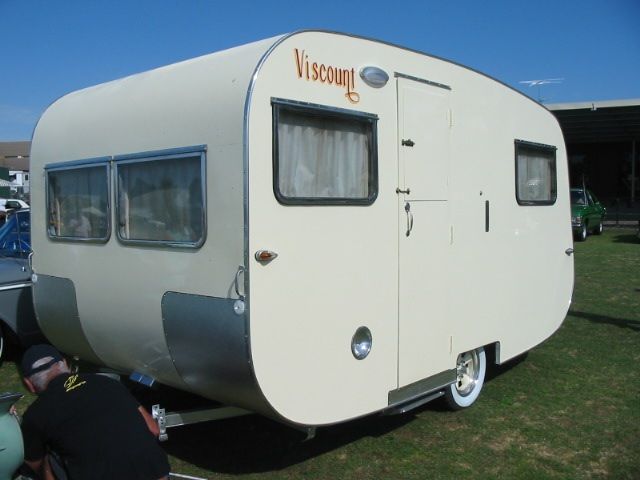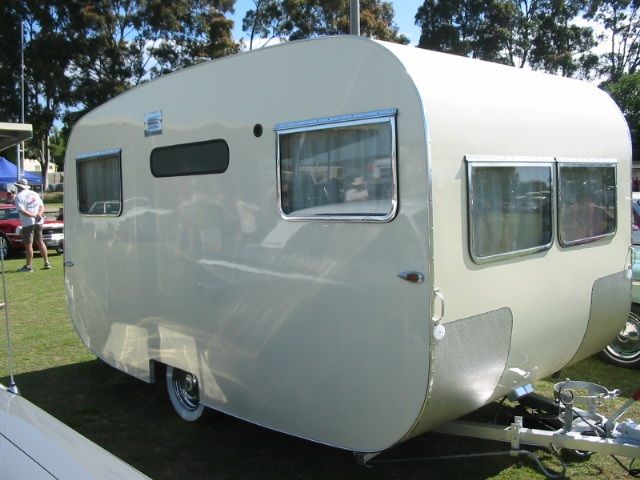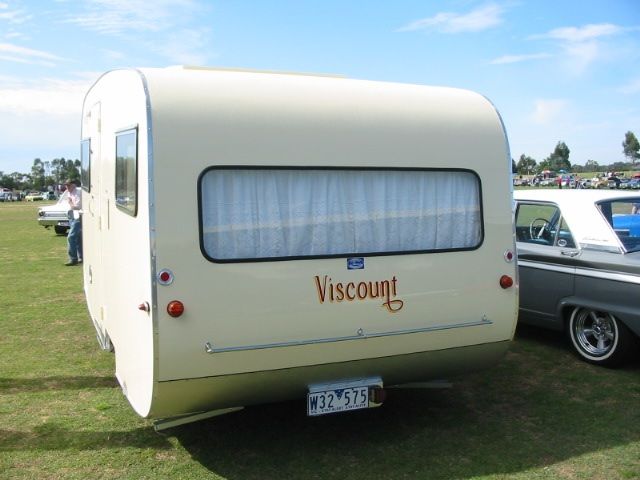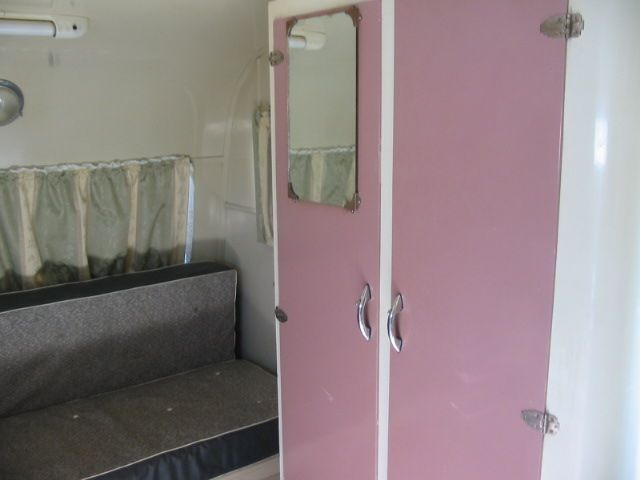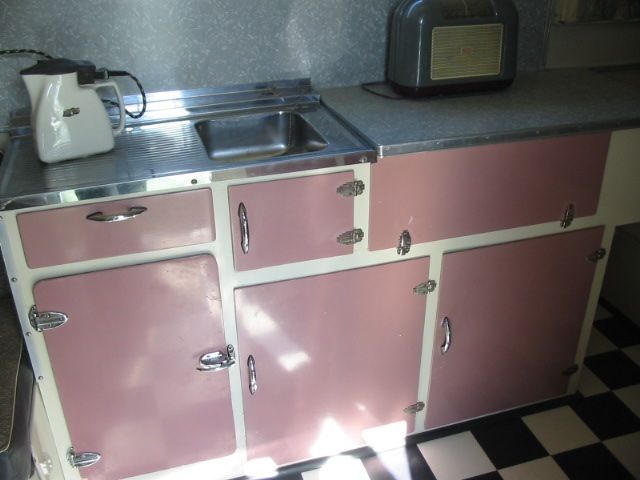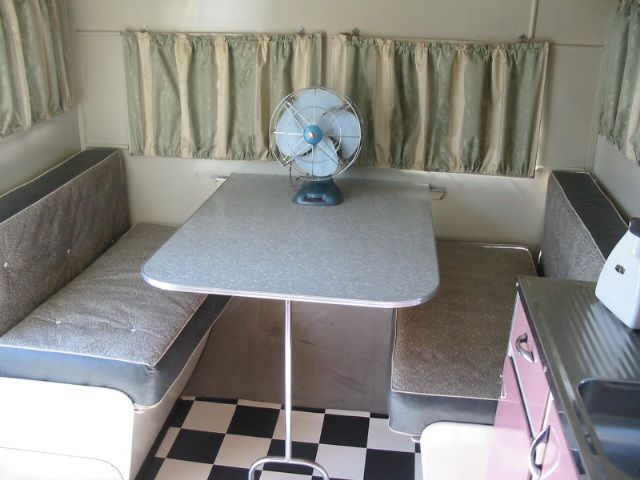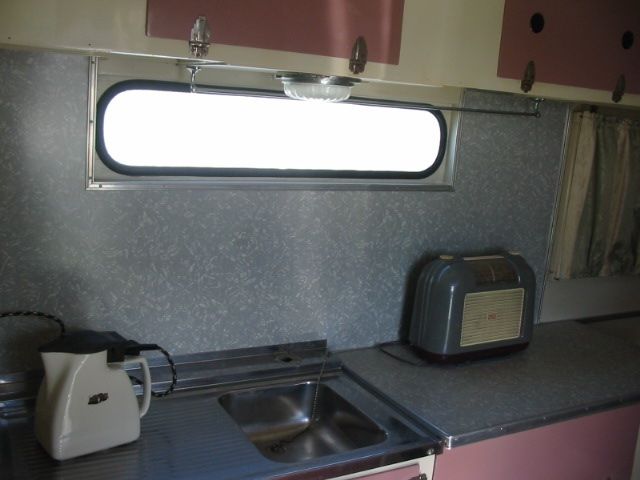|
|
Post by cobber on Jun 9, 2014 17:58:44 GMT 10
Cobber, the description in the advertisement states "wrap around front window" but the photo is not showing that version. Is the photo really representative of this new Cuniform aluminium, do you think? Hi Franklin1 and Cobber, I'm sure you remember this discussion...?    It only happened five years ago (on this thread here)! The comment from Franklin1 is in reference to a 1959 advertisement for Viscount which refers to 'Cuniform', a form of aluminium cladding. I've been trying to work out what 'cuniform' was, but can't find any references to it in relation to aluminium sheet. The only references to 'cuniform' (sometimes 'cuneiform') are in relation to Babylonian wrtiting, etc, as in 'cuniform tablets'. In some respects the stippled surface of aluminium cladding looks not unlike the surface of cuniform writing on Babylonian clay tablets, so I'm wondering if Viscount were using 'cuniform' to refer to stippled aluminium sheeting? Have either of you - or anyone else who reads this - worked out what 'cuniform aluminium' was or seen other references to it? Don Ricardo G'day Don R, I have been meaning to update that post for some time.  It's basically a form of annealing as you can see by the following paper I wrote some time ago  I'd like seeshell to explain the process in layman terms for those of you who can't grasp the concept  The cuniform-like MnO2 particles were first successfully synthesized with dodecylbenzenesulfonic acid (DBSA) as surfactant in aqueous solution. The samples were characterized by transmission electron microscopy (TEM), X-ray diffraction (XRD) and infrared spectroscopy (IR). The possible mechanisms of the shape evolution for the formation of MnO2 samples were discussed. Cobber. |
|
|
|
Post by Don Ricardo on Jun 9, 2014 19:34:25 GMT 10
Hi Cobber, Thanks for your quick reply. Annealing...so are you saying the workers had to be a-kneeling as they made it?? No? Maybe I'll just wait for Seeshell's explanation, heh?    Don Ricardo |
|
|
|
Post by Don Ricardo on Jun 9, 2014 21:55:46 GMT 10
|
|
|
|
Post by Don Ricardo on Jun 18, 2014 23:28:05 GMT 10
Evening all, This is a diversion down a cul de sac heading towards a total red herring... A while ago Franklin1 speculated: Lastly, I sometimes ponder about how the brand names of Caravans came about. How was the name "Viscount" decided upon? I discovered that Viscount was started by an Englishman (name will come when I find it again), and I know the newly coronated Queen Elizabeth visited Australia in 1954 (the year Viscount started), so I wonder if there was any connection?? The Viscount model names of Royal, Supreme, Ambassador, Valiant (Prince Valiant comic strip??) all suggest a 'regal' influence. If you go a-Troving you don't find out much about Viscount caravans - apparently they didn't find the need to advertise much or promote themselves back in the vintage era - but you do find out about the Viscount's caravans. In this case they are Field Marshal Viscount Montgomery's war-time caravans. This article is from the Nambour Chronicle and North Coast Advertiser of Friday, 6 January 1950 (page 5): 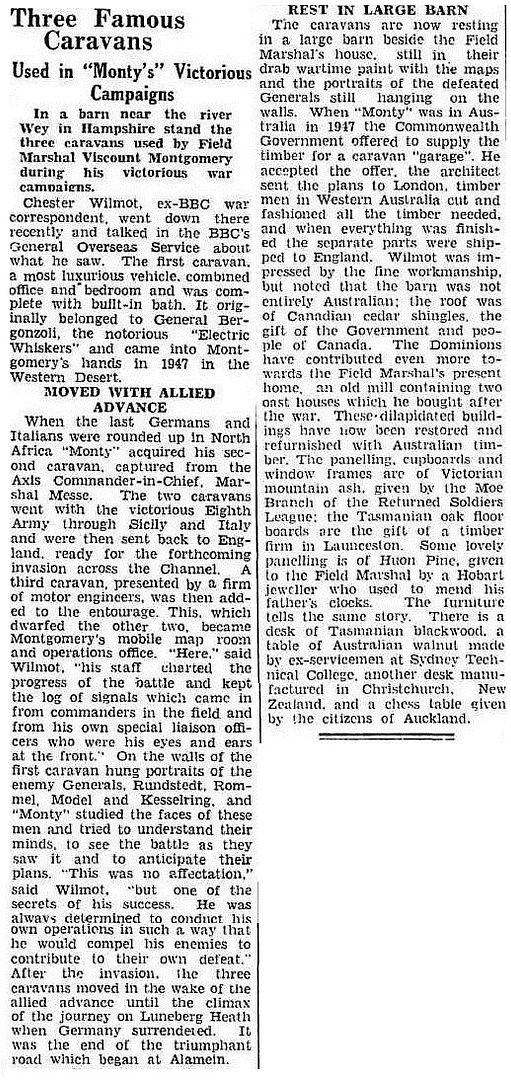 (Source: National Library of Australia nla.gov.au/nla.news-article78380776 ) Maybe the manufacturers of Viscount caravans were inspired by Monty's caravans? Not impossible, I guess. Interesting to read that Monty's first two caravans were procured from his German opponents, and also about the connection between Australia and the wood used to refurbish the garage for his caravans and his home. Not really relevant to this thread, but an interesting bit of caravan history nevertheless... Don Ricardo PS I think the evidence we've collected now suggests that Viscount caravans began in 1955, not 1954 as suggested by Franklin1. |
|
|
|
Post by cobber on Jun 19, 2014 8:40:14 GMT 10
G'day Don R, Can I offer a photo of two of the 'caravans' (actually they were semi-trailer type contraptions) that Monty used during the North African Campaign, February 1943. 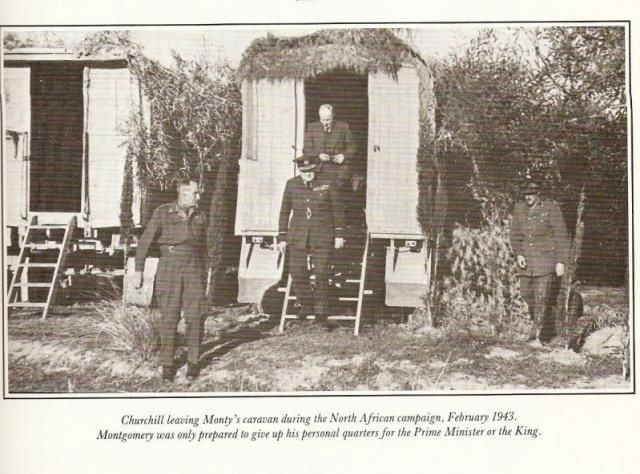 From the book 'Gypsies and Gentlemen' By Nerissa Wilson (1986) Which has a fair amount of detail about the caravans including the assertion that they were anything but luxurious. 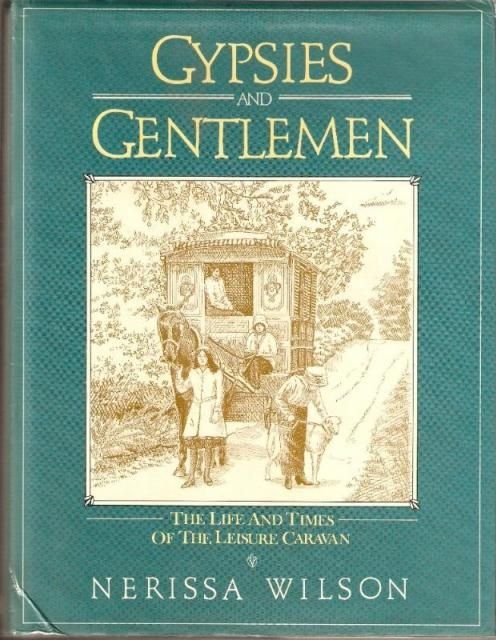 Cobber. |
|
|
|
Post by Don Ricardo on Jun 19, 2014 22:15:38 GMT 10
...actually they were semi-trailer type contraptions... G'day Cobber, We're really straying from the subject of this thread now aren't we? (Yes, I know I started it, but at least we can claim to be discussing caravanning history!    ) I'm not sure that 'semi-trailer type contraptions' is appropriate language for this forum, though. Would you call the Highway Palace a 'semi-trailer type contraption'? No, as V V'ers we should refer to them as fifth wheelers...    There are a few pictures of the caravans around which are quite interesting. This link is from the website of the Imperial War Museum in Duxford, England where one (or maybe more) of Monty's caravans now resides. This article was written by the granddaughter of one of the Englishmen who built Monty's map room caravan, and includes some great photos. And if you want to own your own Viscount's caravan (and don't have room for a Viscount caravan) you can always build your own model. This one is a motor home:     Don Ricardo |
|
|
|
Post by cobber on Jun 20, 2014 8:18:15 GMT 10
G'day Don R, No disrespect intended towards 'The Highway Palace'... in's in a class of it's own that one. The vehicle pictured below was the only purpose built caravan built for Monty, made in 1944 by the British Trailer Company. It was used as a 'Map Lorry' and was even fitted with a telephone so..... maybe it WAS a slightly upmarket contraption,  but still not in the same class as the Highway Palace, aye?  Cobber. |
|
|
|
Post by Don Ricardo on Jun 21, 2014 13:18:00 GMT 10
G'day Don R, No disrespect intended towards 'The Highway Palace'... in's in a class of it's own that one. Hi Cobber, No, I know no disrespect was intended. My comment about "appropriate language" was fully tongue in cheek. The van you showed us built by the British Trailer Company is the one discussed by the granddaughter in one of the links I posted. Interesting to see another photo of it. Don Ricardo |
|
|
|
Post by Don Ricardo on Jun 21, 2014 15:47:33 GMT 10
Hi all, Steering this thread back to its subject - Viscount caravans - I have been trying to put together some of the pieces of the Viscount jigsaw. Following is a Viscount advertisement from the 1960 Winser (I will refer to the page 166 advertisement and the page 167 advertisement below to distinguish between the different illustrations used in the advertisement): 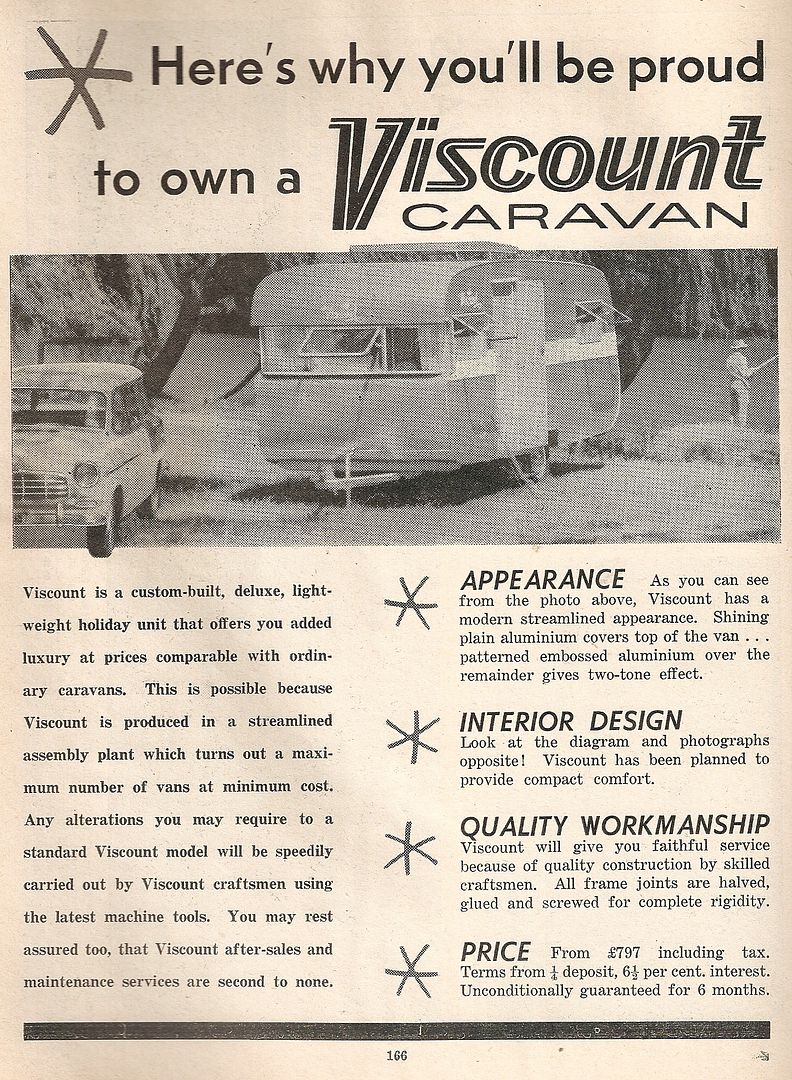 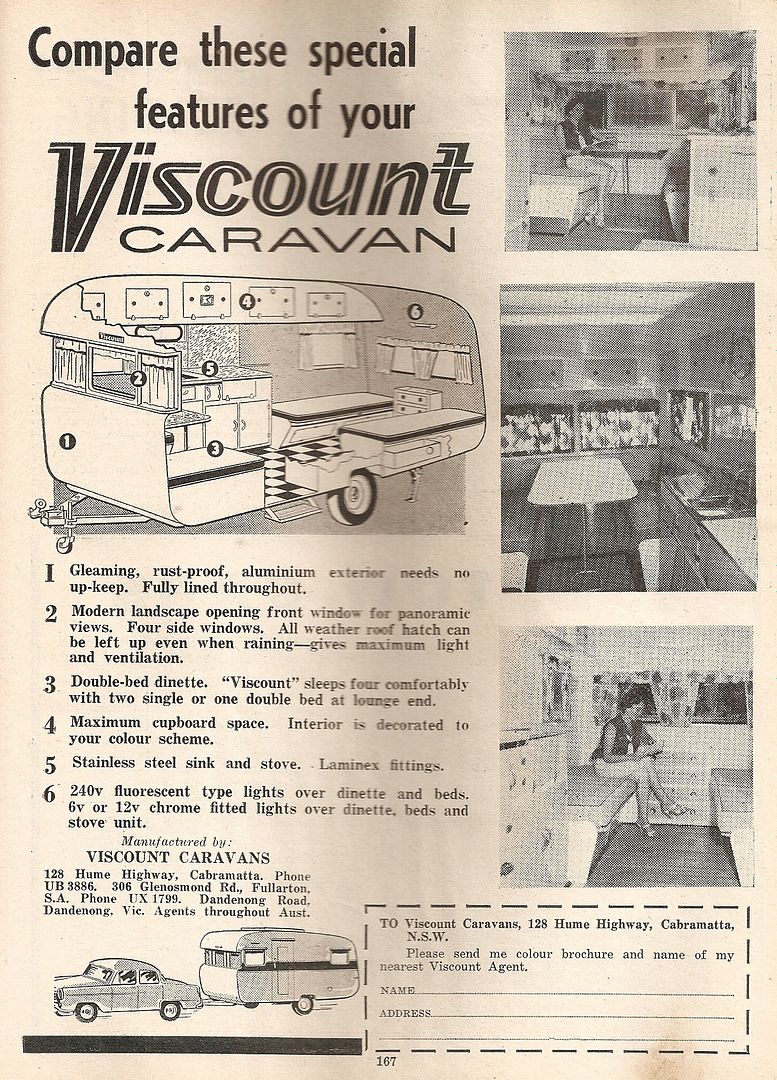 (Source: K Winser, Australian Caravan and Touring Manual for 1960, pp 166-167) Note that the caravan shown in this advertisement has the three piece wrap around windows, and the same shaped bulkhead above the front windows as this earlier van (serial number 366) posted by Franklin1 earlier on this thread:  The van in the page 166 advert also has the same styled 'Viscount' logo on the side as serial number 366 above. However, the main difference is that Viscount seems to have introduced a coloured flash along the side of the van on the 1959/60 model, as shown in the 1960 Winser advert. Note also, that the advert refers to Viscount vans being manufactured in Dandenong Road, Dandenong in Victoria, as well as South Australia and NSW. The van in the page 166 advert matches this Viscount with a side flash (serial number N353) also posted by Franklin1 earlier on this thread: 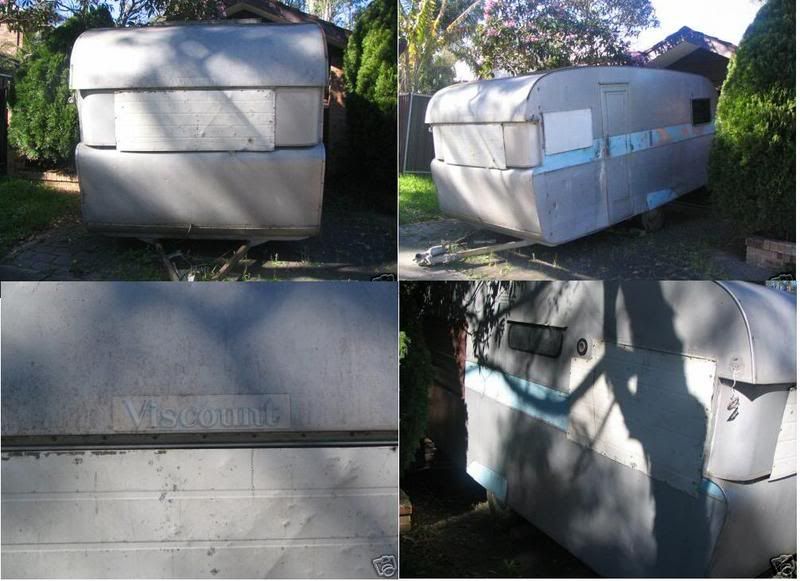 The van in the page 166 advert also matches Viscount60's Viscount van below, but with some interesting differences: 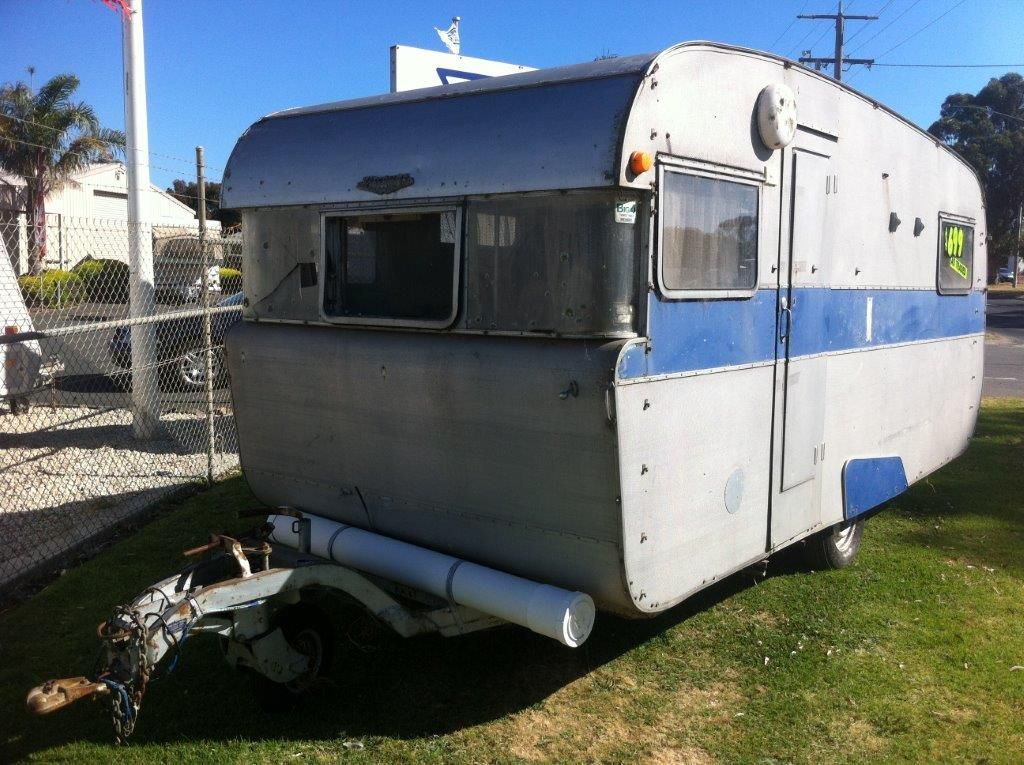 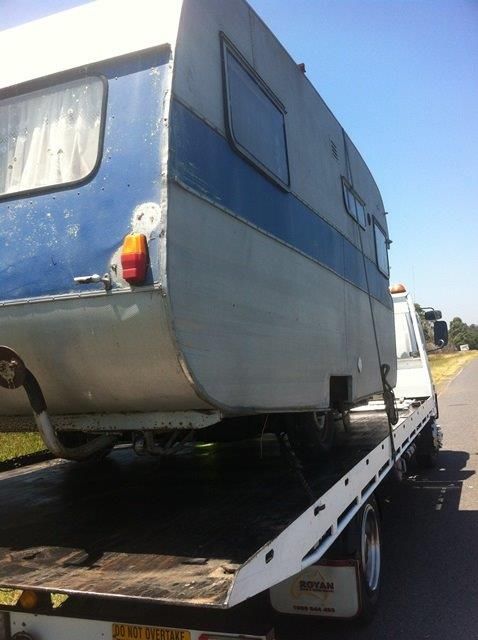 The differences that are evident are: - The side flash on Viscount60's van is wider than the flash on van in the page 166 advertisement, and extends lower down below the bottom edge of the front windows than in the advertisement.
- The top edge of the side windows is higher than the top edge of the front windows on Viscount60's van (this is also true of serial number N353 with the flash), but are more or less in line on the van in the page 166 advertisement.
- The Viscount logo on the front of Viscount60's van is a metal one, while the one on the page 166 advertisement is the earlier signwritten style of logo seen on earlier vans. In this regard it is worth noting that the van on the page 167 advertisement has the plainer signwritten logo seen on N353 with the flash.
Given that the overall design of the van in the 1960 advertisement, serial number N353 and Viscount60's van, is basically the same, I am thinking that the differences which can be seen between these three vans may reflect that they came out of factories in different states (South Australia, New South Wales and Victoria). In this regard, the 'N' in the van with serial number N353 may mean that it came out of the NSW factory as suggested earlier on this thread by Shesgotthelook. Shesgotthelook also refers to a van with a serial number commencing with 'V' which presumably came out of the Victorian factory. Given that the van with the serial number 366 seems to be earlier than N353, this possibly indicates that the factories kept their own serial number records, and that the serial number of a van from one factory doesn't tell us much about the age of the van when compared to a van from another factory with a higher or lower number. Just an additional complication for Viscount afficionados!   
Moving right along, the following is the Viscount advertisement from the 1961 Winser: 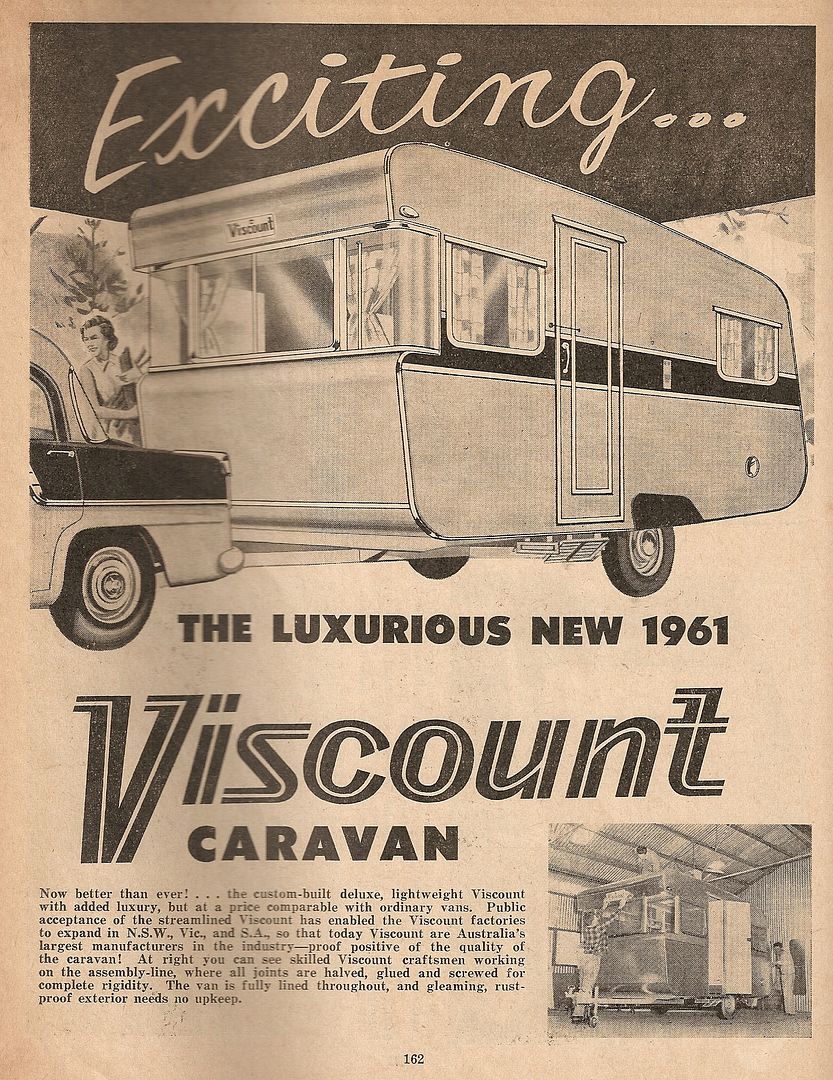 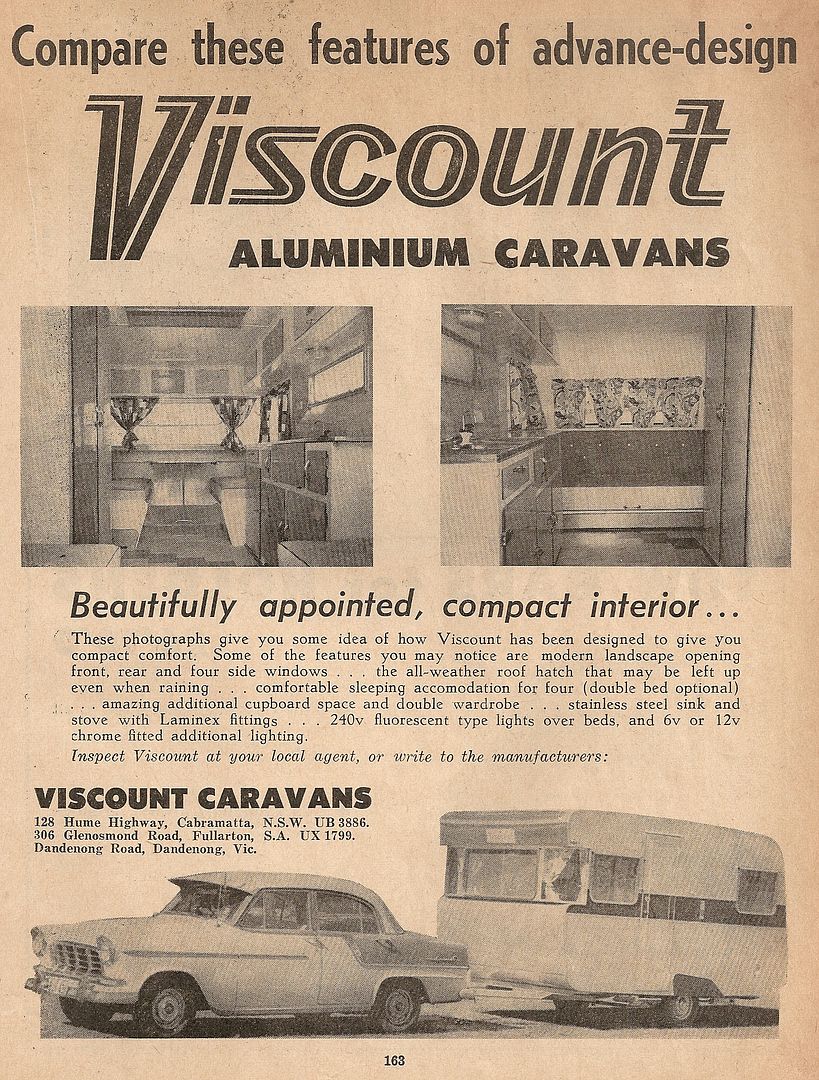 (Source: K Winser, Australian Caravans and Touring Manual for 1961, pp 162-163) One of the main distinguishing features of the 1961 Viscount is that the bulkhead over the window was no longer rounded, but was more sharply angled and curving inwards towards the upper edge of the windows. The van in the 1961 advertisement also has the coloured spats shown on Viscount60's caravan which one would think was an earlier build. Note that both the 1960 and 1961 Viscount models had a straight back wall, not cut in for the back window. In contrast, the 1962/63 model introduced a back wall which was cut for the back windowl - matching the styling of the front wall - as seen in this advertisement from the 1963 Winser posted by Aussieambo higher up this thread: 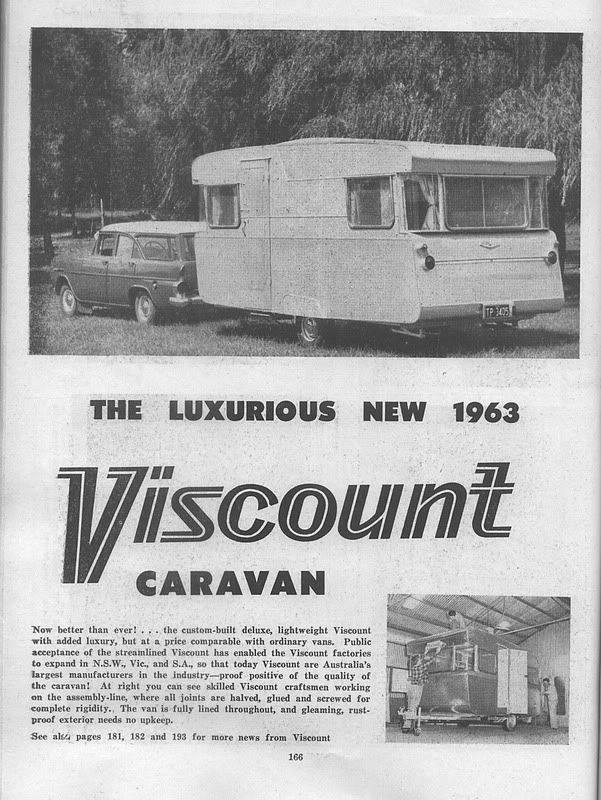 Don Ricardo |
|
|
|
Post by Don Ricardo on Aug 31, 2014 18:04:32 GMT 10
|
|
|
|
Post by Don Ricardo on Nov 6, 2014 21:49:02 GMT 10
Evening V V sleuths, Here's a bit of a Viscount-related mystery that hopefully someone may be able to solve or at least throw some light on to... The following photos were posted on Gumtree in November 2014 as part of an advert for a 13 ft Viscount van: 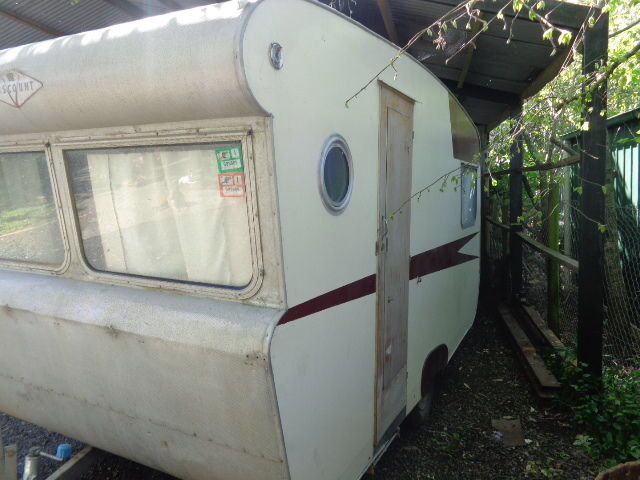 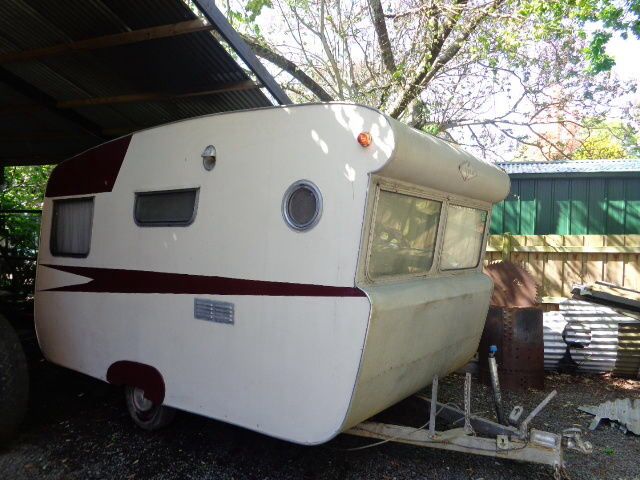 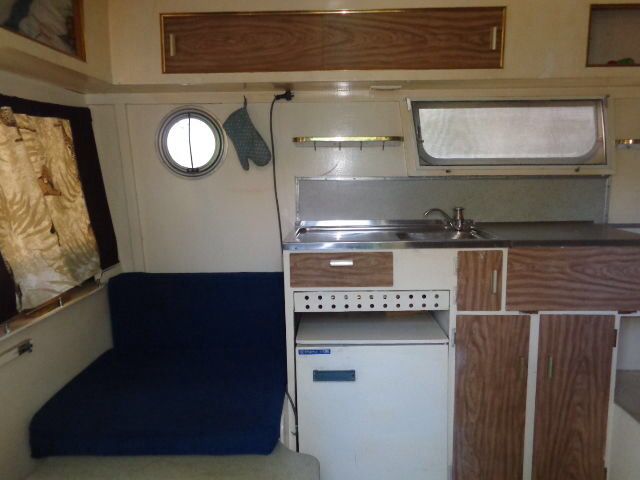 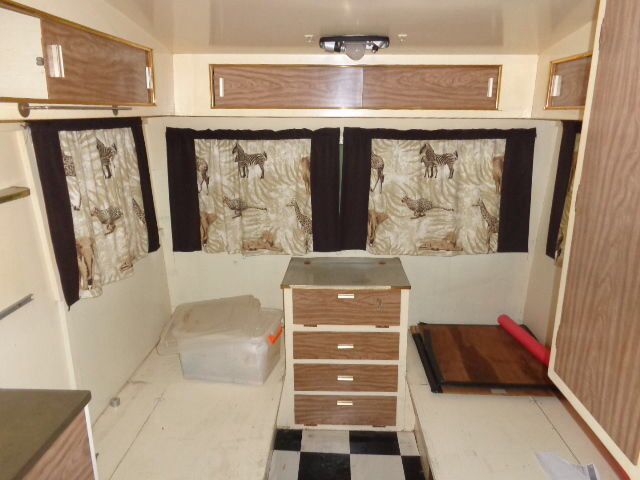 The mystery is that the van is unlike any other Viscount we have pictures for, and the Viscount logo (part of which can be seen in the first pic) is also different to any of the other Viscount logos we've seen as far as I can remember. The closest in appearance I can find is this van higher up this thread, which is listed as a 1967 van. However, that van doesn't fit with what we know about the shape or design of mid to late 60's Viscounts either. An extra point about the Gumtree van is that it is bondwood - single skin at that - and as far as we know Viscount gave up making bondwood vans before most other manufacturers in the late 50's. Given the different logo, are we looking at a van which was produced by one of the Viscount factories after the breakup of the Viscount empire into separate state based enterprises? Any info or thoughts on the origins or background of this van, anyone? Don Ricardo |
|
|
|
Post by Don Ricardo on Nov 9, 2014 21:36:30 GMT 10
Hi all, I've been giving some more thought to the photos I posted immediately above on this thread regarding an apparent Viscount caravan advertised on Gumtree (one of the photos is 'quoted' above). The van in question is very different to other Viscounts in shape and build and has a different Viscount logo on it, as you'll see by looking at the other pics. It has occurred to me that the van has several features which suggest a mid-60's or later build date. The first is the windows which are in the shape of a parallelogram instead of the earlier straight rectangles (see the small galley window in the above photo as an example). The parallelogram shaped windows were introduced by Viscount on their 1964 model vans. The second feature which may help date the van is the timber veneer design laminex cupboard doors, which I think came into vogue in the later 60's - 1966, 1967? The advert for the van says it was restored about five year's ago, but I think that is unlikely to have included changing the windows and the cupboard doors - I think they are original. If this is correct, then someone, somewhere (which probably means one of the Viscount factories in one of the states) was building single-skin, bondwood caravans in the mid-60's or later... Anyone else had any thoughts on this? Don Ricardo |
|
|
|
Post by humpyboy on Nov 30, 2014 16:47:23 GMT 10
|
|
|
|
Post by Don Ricardo on Nov 30, 2014 18:01:51 GMT 10
G'day Humpyboy, Excellent to see that you're out and about.    That's a great sighting you made with the Viscount at Garfield. Looks as if it has been very nicely restored.. The van looks very much like a bondwood clad version of the aluminium clad model shown in this advert from the 1959 Winser posted by Cobber. If this is the case, then the van maybe from around 1958 or a little earlier: This advertisement is from the 1959 Caravan and Touring Manual... we still need to confirm if they had this siding or not in 1958...... anybody know? 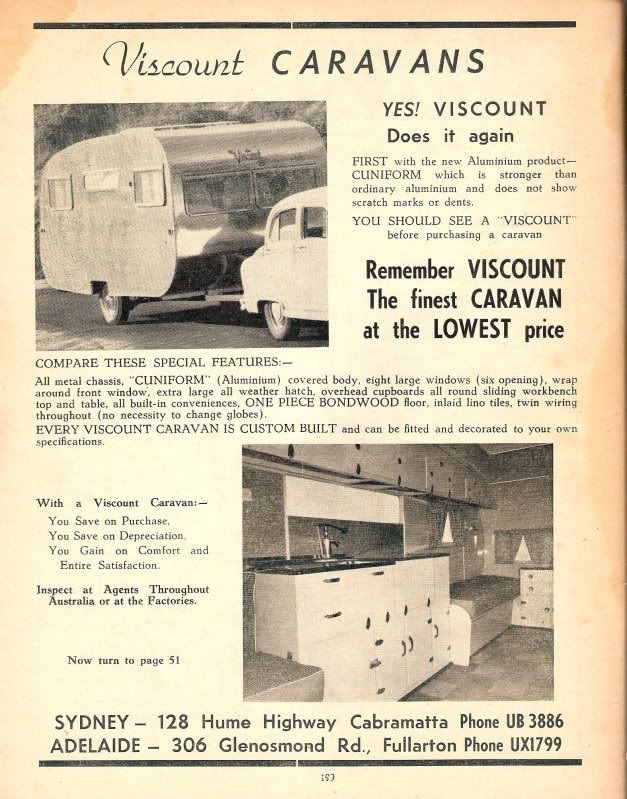 In any case it appears to be amongst the earliest Viscounts we've seen on the forum. Good on you for looking for the serial number on the A-frame. Your diligence will make Franklin1 a happy man, unlike those of us (eg me!) who forget to look...    Don Ricardo |
|
|
|
Post by seeshell on Nov 30, 2014 18:40:10 GMT 10
Hey Derk This Viscount didn't have a big green 60s car with fins along with it did it? I think I saw that van heading down the Calder yesterday towards Melbourne as we were heading up to Bendigo for a Xmas lunch. If it was, it certainly looked lovely on the road...does it belong to a VV member or is it a car club accessory?  Cheers Seeshell |
|
|
|
Post by humpyboy on Nov 30, 2014 19:00:56 GMT 10
Have a look at your other thread "Heading down the Calder"
|
|
lois
New Member

Posts: 3 
|
Post by lois on Mar 11, 2015 16:56:10 GMT 10
I can't seem to figure out how to create a post with the picture attached sorry! Any how the above picture is of my viscount. It is still being sanded back. What i was hoping was to join the forum and figure out her DOB? Chassis number is E2398, she has the longer finger on the top of the arrow stripe and the forward slanting windows. Front and rear windows are split and she has all four rounded corner windows. Thanks for your help. Attachment Deletedok got it figured now i think. Actually no, I'm doing it wrong. sorry. How do it create a new post to follow on from everyone elses? |
|
|
|
Post by shesgotthelook on Mar 11, 2015 17:23:21 GMT 10
Hi Lois & welcome. It's best to upload your photos from a site like photobucket (there are instructions here vintagecaravans.proboards.com/ ) To create your own thread, go to the above link, scroll down to 'Members Photo Album' Click on that, then click on 'Create Thread' (top right hand cnr) Name it something like Lois' Viscount. I think you've got the hang of commenting on an existing thread? Just hit 'Reply' Cheers, SGTL |
|
|
|
Post by Don Ricardo on Mar 11, 2015 21:30:18 GMT 10
Hi Lois, I'll second SGTL's welcome to the forum. Great to see the photos of your van. There are a number of factors which can help us work out a van's approximate build date. In the case of the vans built by Viscount in the 60's, it's the overall shape of the van, the serial number and the painted flashes. You've already worked that out I can see because you've given us that info.    As you may be aware, Viscount built vans which were sold under the brand names of Viscount, Ambassador and Valiant, which essentially rerpresented different market price brackets. The 'E' serial number of your van most likely indicates that it is an Ambassador model, and if you look at the 'Ambassador (by Viscount) - Chassis Numbers' thread in the Down History Lane section - click here - you'll see that Ambassadors with the same shaped flashes as yours, and serial numbers in the same range as yours were produced in 1966. So I'm thinking your van is a 1966 Ambassador. The only thing that confuses me is that the backend of your caravan, from what I can see in your photo, appears to be a bit different to the shape of the 1966 Ambassadors. Anyway, have a look at the thread I've pointed you to and let us know what you think. One of the people on the forum who really knows his 60's vans and serial numbers is Franklin1 who I think will either be able to confirm my suggestion or set you on the right track. Don Ricardo |
|
|
|
Post by Franklin1 on Mar 12, 2015 19:25:23 GMT 10
Keep this up, DonR, and you'll be getting the "Historian of the Month" award!   The only additional information I'd like to see is what the sticker above the front window shows. We've seen other Ambassadors with the wrap-around windows front and back, but generally they didn't get these. The only other option, depending on the sticker, is that it's a Viscount Duralvan built on an Ambassador chassis. cheers, Al. |
|
|
|
Post by hillsviscount on Mar 21, 2015 19:56:46 GMT 10
Hi all
Just purchased early 1960,s viscount royal chassis number 645
Any idea which year
Cheers
|
|
|
|
Post by hayleybishop on Apr 1, 2015 13:58:06 GMT 10
|
|
|
|
Post by Don Ricardo on Apr 7, 2015 17:25:44 GMT 10
Information about the Viscount pick-up camper published in the 1967 Winser caravan manual: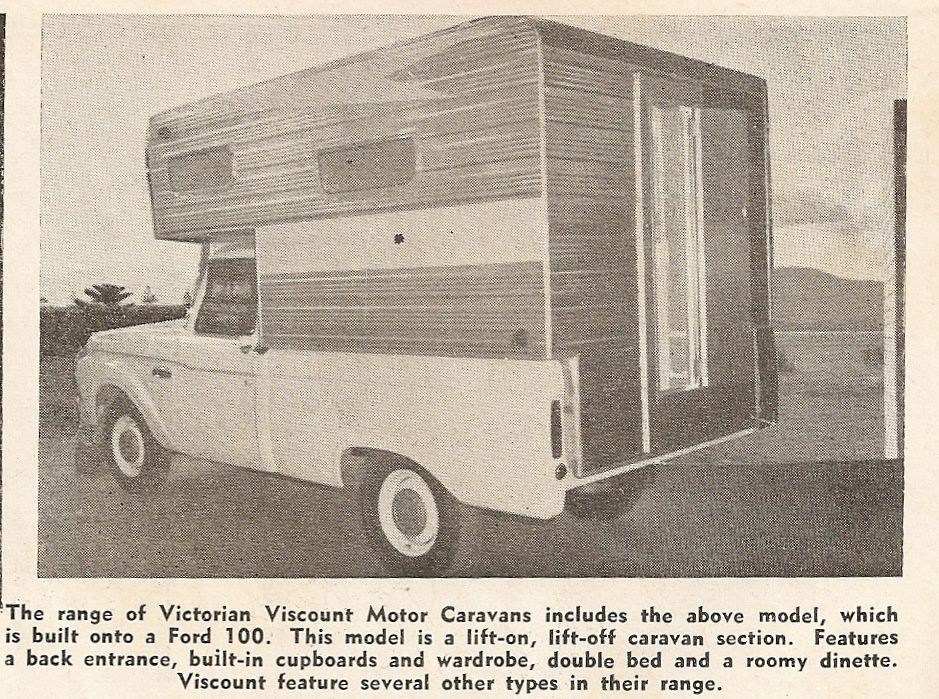 (Source: K Winser, Caravan Manual & Tourist Park Guide, 19th edition, 1967, p 204)
|
|
|
|
Post by Don Ricardo on May 23, 2015 16:12:28 GMT 10
1968 Viscount Duralvan listed on Ebuy, November 2011:  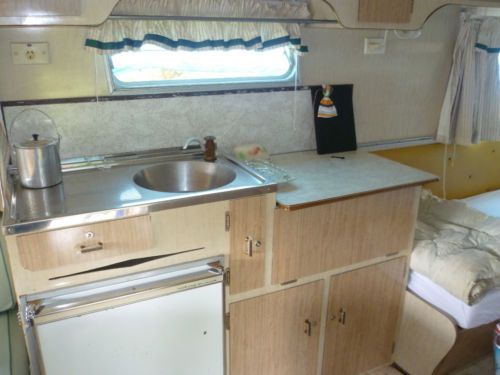 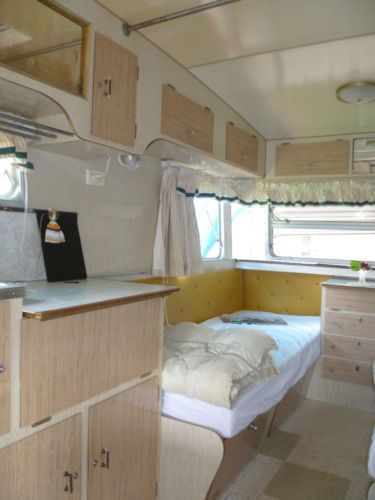 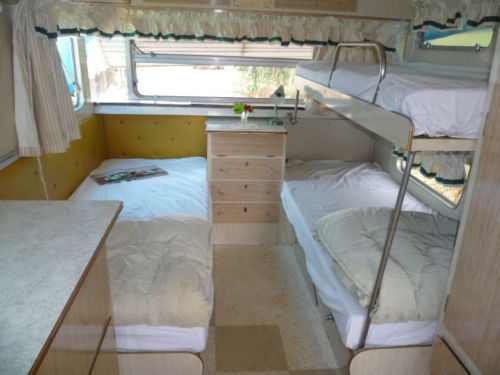
|
|
|
|
Post by Don Ricardo on May 27, 2015 10:59:58 GMT 10
Photos of CrystalGrace's Viscount posted on 5 April 2015: 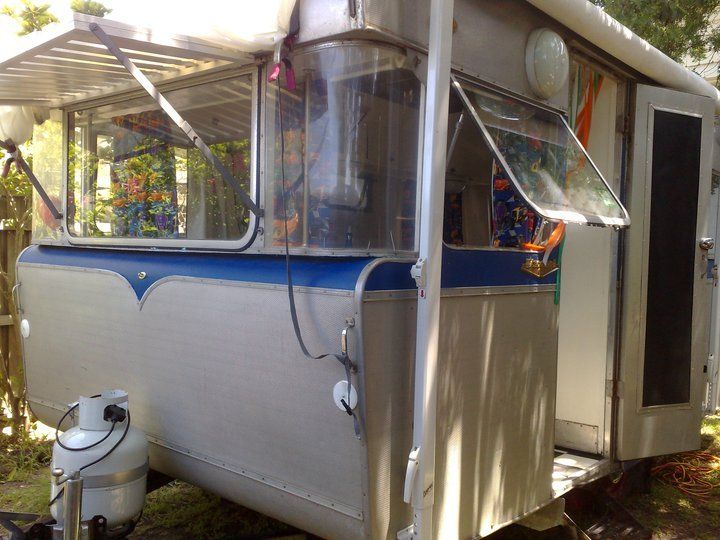 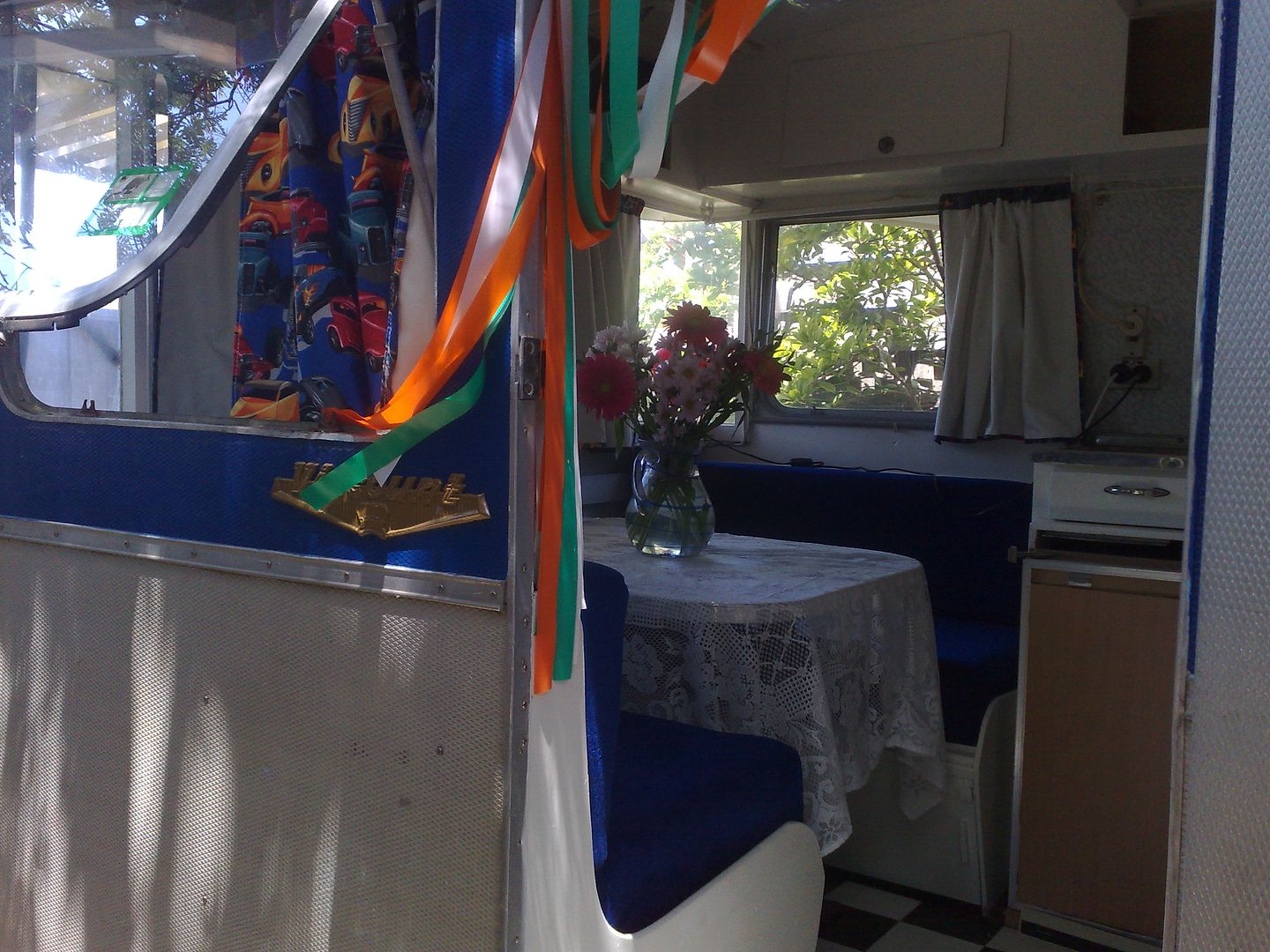 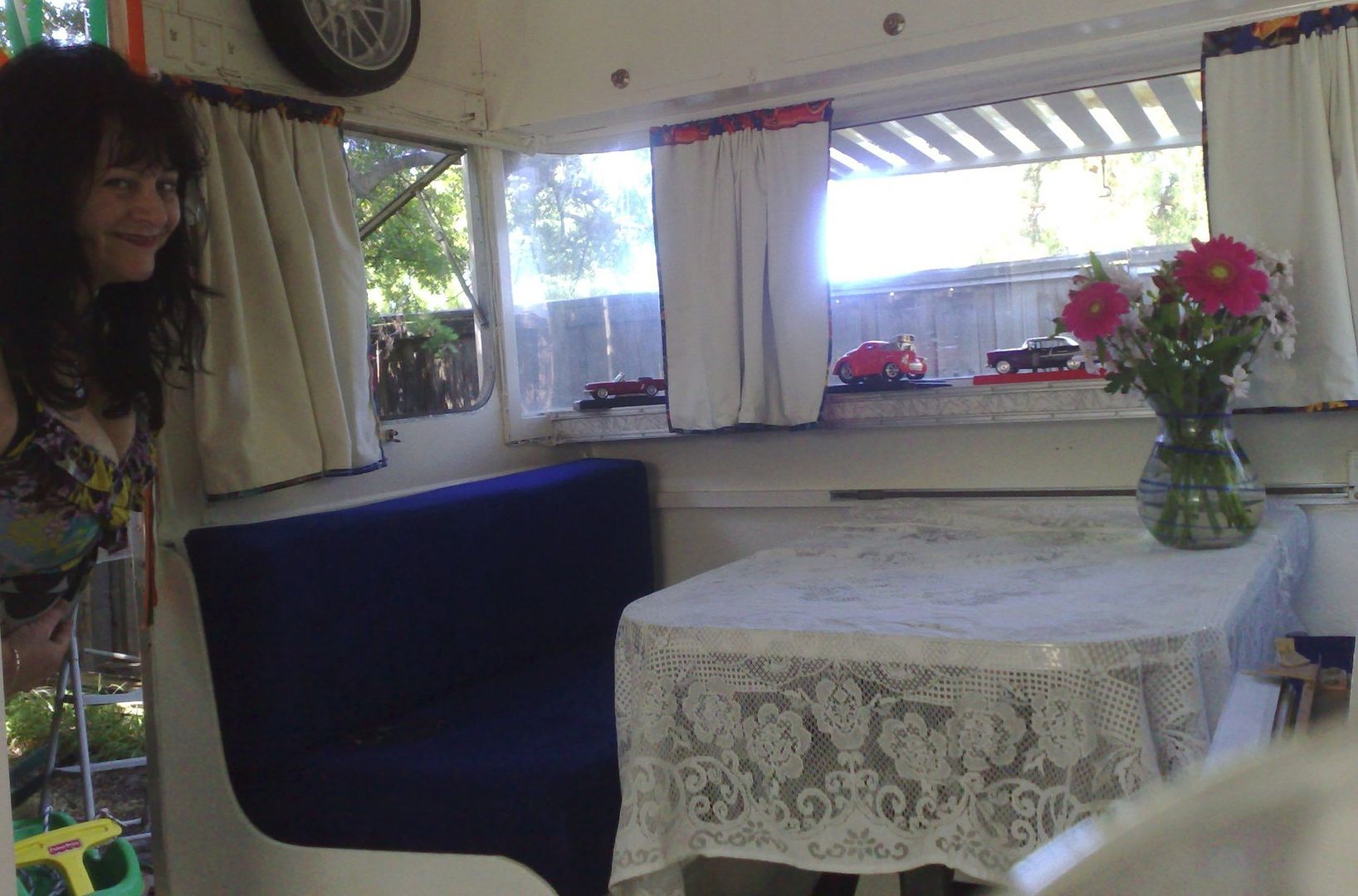 The van has been dated by CrystalGrace as 1959/60 and has the serial number V155. There are more photos of this caravan here. In general terms this van matches the photos of the vans shown in the following Viscount advert from the 1961 Winser, as opposed to those shown in the 1960 advert shown higher up this thread:   (Source: K Winser, Australian Caravans and Touring Manual for 1961, pp 162-163) Note that the top and bottom of the side windows on both CyrstalGrace's van and the van in the advert are in line with the top and bottom of the front windows (unlike earlier Viscount models) and the bulkhead above the front windows on both vans are squarer than on the earlier models. However, there are also a number of significant differences between CrystalGrace's van and the vans in the advert: - The back of CrystalGrace's van has a crease and curves out below the back window (see photo of side profile and photo of rear in the Addendum below) whereas the back of the vans in the advert are straight without the crease and curve.
- The coloured side flash/panel on CrystalGrace's van extends around on to the front of the van under the front window, whereas it doesn't on the van in the advert. In addition the coloured panel extends up to level with the top of the side windows on CrystalGrace's van, but is just a narrow band on the vans in the advert.
- The panel under the front of CrystalGrace's van has been shaped to create a 'V' in the middle under the window, whereas the panel on the van in the advert runs straight across. This same feature can be seen in the second photo of a 1962/63 Viscount, serial number V738 in Shesgotthelook's post here.
- CrystalGrace's van has the metal Viscount badges (including one adjacent to the door) whereas the van in the advert appears to have only a sticker. The same badges are seen on V738 referred to in the poinst above.
I think the above differences indicate that CrystalGrace's van was built in a different factory to that in which the vans in the advert were built, and the 'V' in the serial number of her van may be an indication that it was build in the Victorian factory. That's my theory, but I'm interested to hear if anyone can throw any more light on the origins of CrystalGrace's caravan. Don Ricardo
Addendum - 29 June 2015: Following are two photos of the same caravan, and showing its rear, posted on 3 January 2011 by Ericlyn, who may or may not be the van's current owner CrystalGrace:  Ericlyn gave the serial number V51-3 for their van, which is different to the serial number given by CrystalGrace. However, the photo on the left is identical to one displayed higher up this post, and both vans have a front sunshade made from fence pickets, which is very distinctive if not unique.
|
|


 It only happened five years ago (on this thread here)!
It only happened five years ago (on this thread here)!





